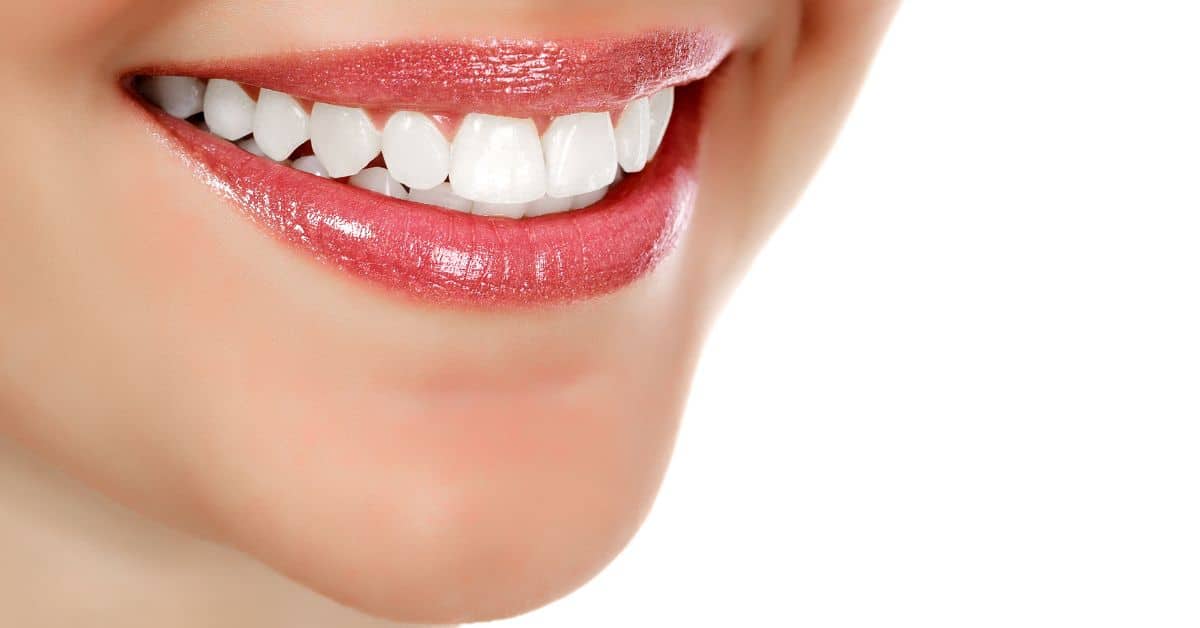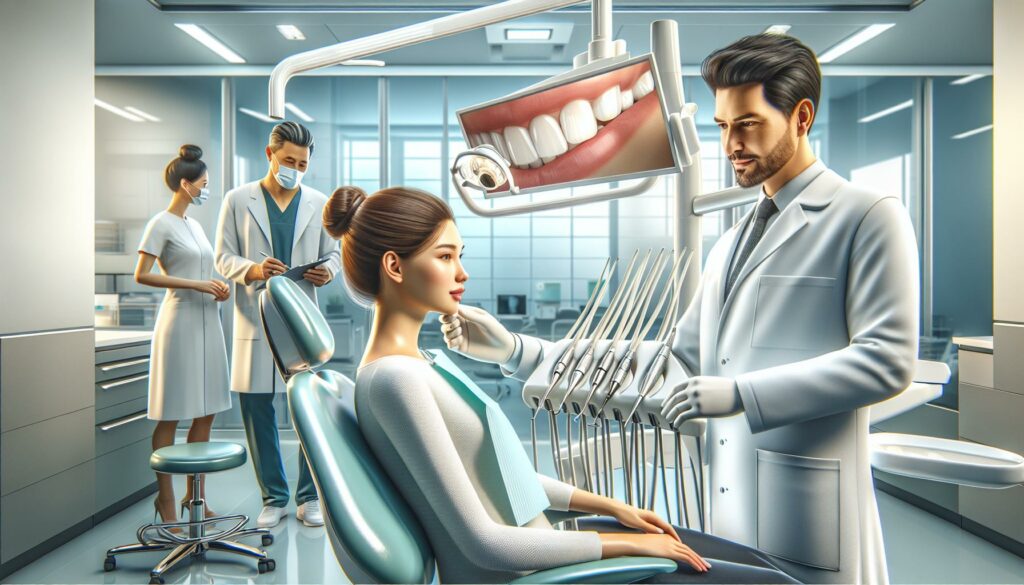Dentists offer various teeth whitening treatments to help patients achieve a brighter, more confident smile. Professional teeth whitening is a popular cosmetic dental procedure that can effectively remove stains caused by smoking, aging, and certain foods and beverages.
One of the most common teeth whitening treatments offered by dentists is in-office bleaching. This procedure involves applying a strong bleaching agent, such as hydrogen peroxide or carbamide peroxide, to the teeth and activating it with a curing light or laser. The solution is left on the teeth for a period of time, typically 30 to 60 minutes, and then rinsed off. In-office bleaching can produce dramatic results in just one visit to the dentist’s office.
Another option for teeth whitening is dentist-supplied products for use at home. These products include custom-fitted trays that are filled with a bleaching gel and worn for a specified amount of time each day. The concentration of the bleaching agent is lower than in-office bleaching, but the treatment can still produce noticeable results. Dentists may also recommend over-the-counter whiteners for at-home use, but these products are generally less effective than professional treatments.
Understanding Teeth Whitening

Teeth whitening is a popular cosmetic dental procedure that can help remove stains and discoloration from teeth. The procedure is typically performed by a dentist and involves the use of a bleaching agent to whiten the teeth. There are several different teeth whitening methods available, each with its own advantages and disadvantages.
The most common teeth whitening method is in-office bleaching, which involves the use of a high-concentration bleaching gel that is applied to the teeth and activated with a special light. This method is fast and effective, but it can be expensive and may cause sensitivity in some patients.
Another popular teeth whitening method is take-home bleaching, which involves the use of a lower concentration bleaching gel that is applied to the teeth using custom-made trays. This method is more affordable than in-office bleaching and can be done in the comfort of your own home, but it may take longer to achieve the desired results.
Other teeth whitening methods include over-the-counter whitening products, such as whitening toothpaste, strips, and gels. These products are generally less effective than professional teeth whitening methods and may take longer to achieve results. However, they can be a good option for maintaining the results of a professional teeth whitening treatment.
It is important to note that teeth whitening is not suitable for everyone. Patients with gum disease, tooth decay, or other dental problems may not be good candidates for teeth whitening. Additionally, teeth whitening may not be effective for all types of stains, such as those caused by certain medications or medical conditions.
Overall, teeth whitening is a safe and effective way to improve the appearance of your smile. If you are considering teeth whitening, it is important to talk to your dentist to determine which method is right for you.
Types of Teeth Whitening
Teeth whitening is a cosmetic dental procedure that involves removing stains and discoloration from the teeth. There are two main types of teeth whitening: in-office teeth whitening and at-home teeth whitening.
In-Office Teeth Whitening
In-office teeth whitening is a professional teeth whitening service that is performed by a dentist. This type of teeth whitening is also known as “professional teeth whitening.” In this procedure, the dentist applies a whitening gel to the teeth and uses a special light or laser to activate the gel. This helps to speed up the whitening process and can produce results in as little as one hour.
One of the most popular in-office teeth whitening treatments is Zoom teeth whitening. Zoom teeth whitening uses a special light to activate the whitening gel and can produce results in just one visit to the dentist. Another popular in-office teeth whitening treatment is laser teeth whitening, which uses a laser to activate the whitening gel.
At-Home Teeth Whitening
At-home teeth whitening is a teeth whitening kit that you can use in the comfort of your own home. At-home teeth whitening kits typically come with a whitening gel and a tray that you wear over your teeth. The tray is custom-made to fit your teeth and helps to keep the whitening gel in place.
There are many different types of at-home teeth whitening kits available, ranging from over-the-counter kits to professional-grade kits that are prescribed by a dentist. Some popular at-home teeth whitening kits include home whitening kits, LED teeth whitening kits, and at-home tooth whitening pens.
Overall, both in-office teeth whitening and at-home teeth whitening can be effective at removing stains and discoloration from the teeth. However, it is important to talk to your dentist to determine which type of teeth whitening is best for you.
Teeth Whitening Agents
There are several teeth whitening agents available in the market. These agents can be broadly classified into three categories: bleaching agents, whitening toothpastes, and home remedies.
Bleaching Agents
Bleaching agents are the most common and effective teeth whitening agents. They contain either hydrogen peroxide or carbamide peroxide, which break down the stains on the teeth and make them whiter. Hydrogen peroxide is a stronger bleaching agent than carbamide peroxide, but it can cause tooth sensitivity and gum irritation if used in high concentrations.
Bleaching agents are available in various forms, such as bleaching solutions, bleaching gels, and bleaching strips. In-office bleaching is also a popular option where a dentist applies a bleaching solution directly to the teeth and uses a special light to activate the bleaching agent.
Whitening Toothpastes
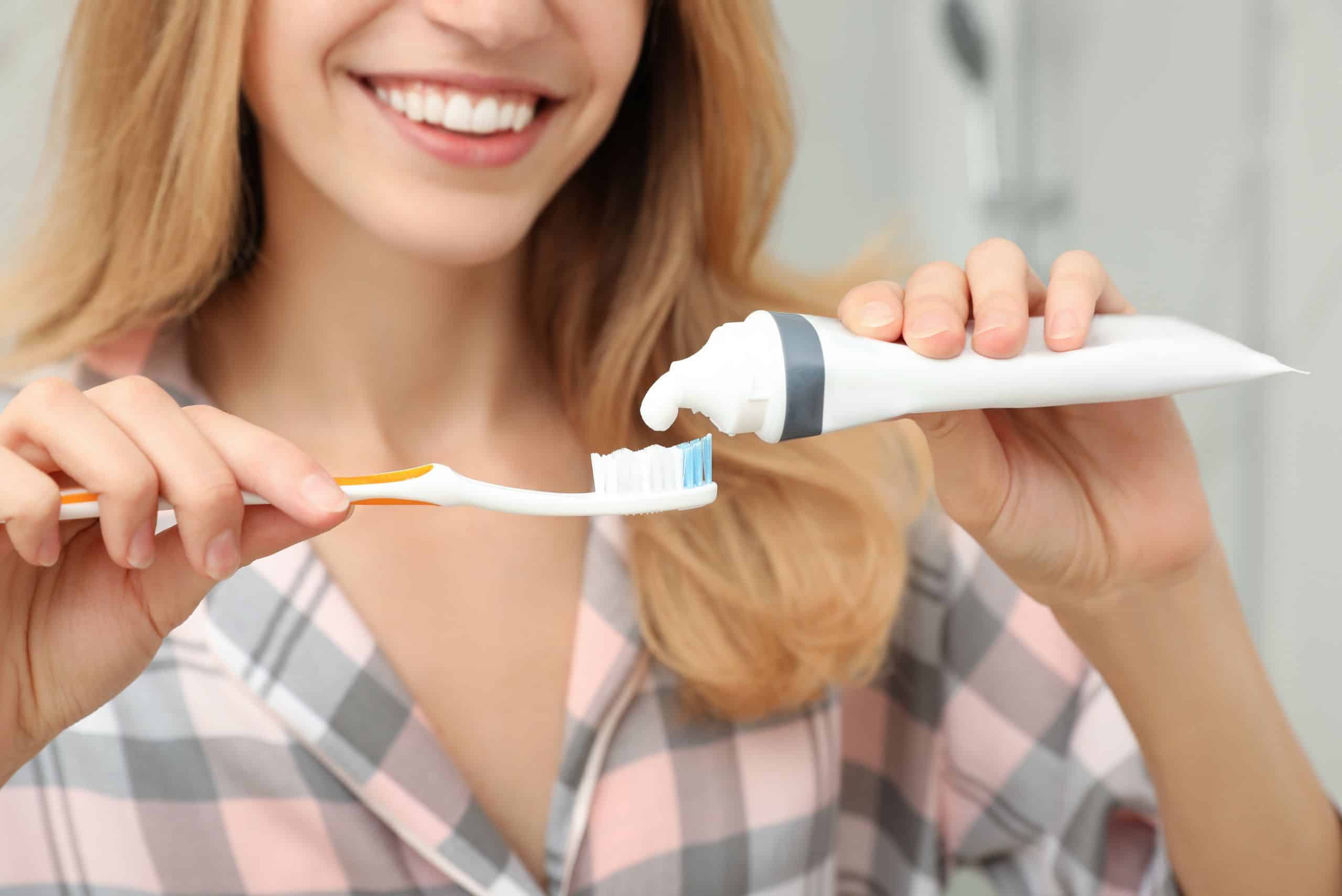
Whitening toothpastes contain mild abrasives, such as baking soda and fluoride, which help remove surface stains from the teeth. They are not as effective as bleaching agents, but they can help maintain the whiteness of the teeth after a bleaching treatment.
It is important to note that some whitening toothpastes may contain charcoal, which can be too abrasive and damage the enamel of the teeth. Therefore, it is recommended to use whitening toothpastes that have been approved by dental associations.
Home Remedies
Home remedies for teeth whitening include using baking soda, coconut oil, and hydrogen peroxide. While these remedies may show some results, they are not as effective as bleaching agents and may even damage the teeth if used excessively.
It is important to consult a dentist before trying any home remedies for teeth whitening. Dentists can recommend safe and effective home remedies or provide professional teeth whitening treatments for better and long-lasting results.
In conclusion, teeth whitening agents are available in various forms, and it is important to choose the right agent based on the condition of the teeth and the desired results. Bleaching agents are the most effective teeth whitening agents, but they can cause tooth sensitivity and gum irritation. Whitening toothpastes and home remedies may show some results, but they are not as effective as bleaching agents and may even damage the teeth if used excessively.
The Whitening Process
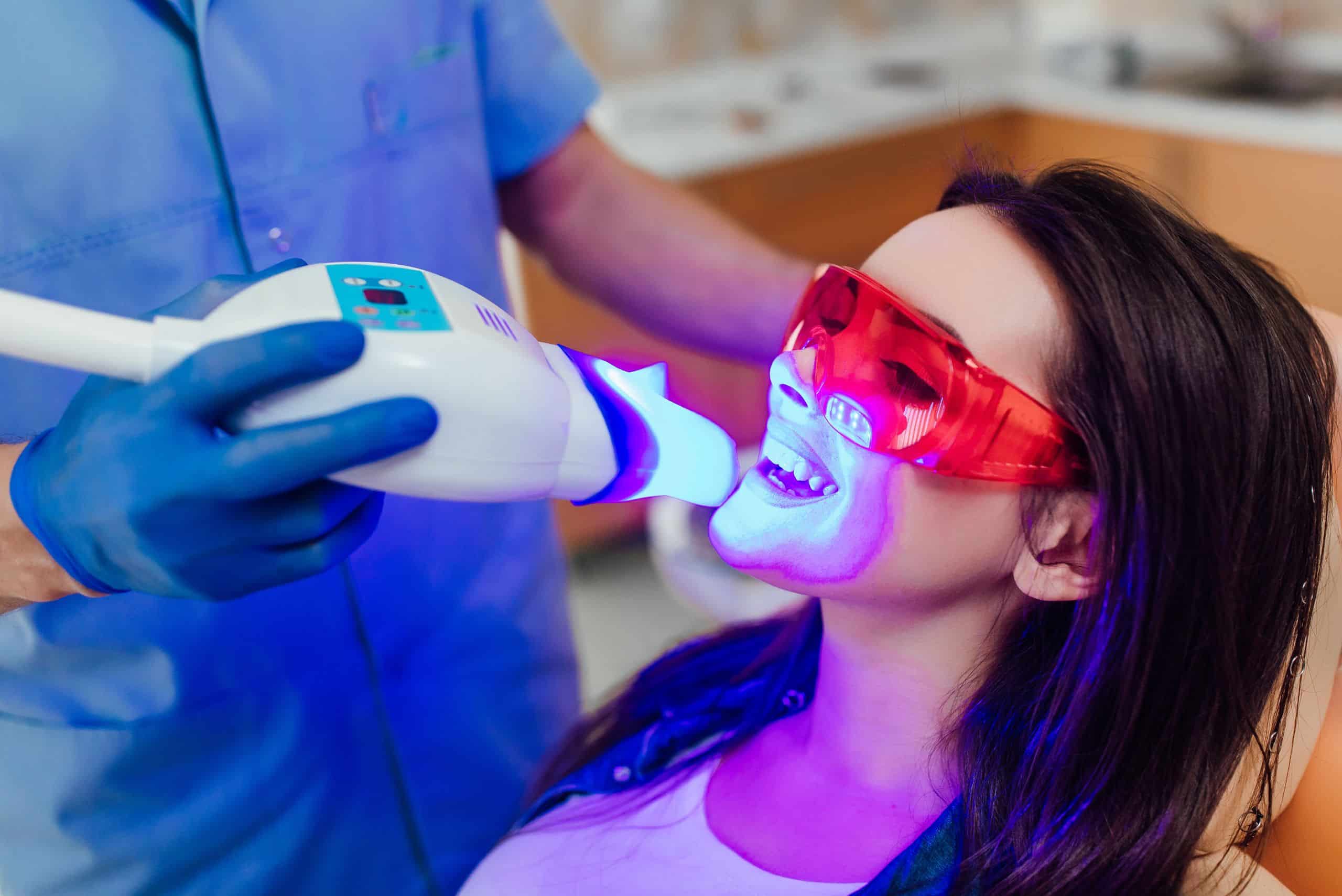
Professional teeth whitening is a cosmetic dental procedure that aims to improve the color of teeth by removing stains and discoloration. The process typically involves the use of a bleaching agent, such as a gel or paste, that is applied to the teeth. The bleaching agent is then activated by a light source, such as LED or UV lights, to accelerate the whitening process.
Before starting the whitening process, the dentist will make a record of the current shade of your teeth. Your teeth would then be polished with pumice, a grainy material used to remove any plaque on the surface. Your mouth will be isolated with gauze to keep your teeth dry.
Next, the dentist will apply a protective gel or rubber shield to your gums to protect them from the bleaching agent. The bleaching agent, usually containing hydrogen peroxide, is then applied to your teeth. The dentist may use a special light or laser to activate the bleaching agent and accelerate the whitening process.
The bleaching agent is typically left on your teeth for 30 to 60 minutes, depending on the level of staining. The dentist may apply the bleaching agent multiple times during the session to achieve the desired level of whiteness. After the final application, the dentist will rinse your teeth thoroughly to remove any remaining bleaching agent.
Some dentists may offer custom-made whitening trays that you can use at home to maintain the whiteness of your teeth. These trays are typically filled with a bleaching gel and worn for a set period of time each day. Whitening strips are another at-home option that can be purchased over the counter. These strips are applied directly to your teeth and left on for a set period of time each day.
Overall, the whitening process can be an effective way to improve the color of your teeth. However, it’s important to note that the results may vary depending on the level of staining and the individual’s dental health. It’s also important to follow the dentist’s instructions carefully to avoid any potential side effects, such as tooth sensitivity.
Factors Affecting Teeth Color
There are several factors that can affect the color of teeth. Some of these factors are inherent to the tooth structure, while others are related to lifestyle and habits. Understanding the factors that contribute to tooth discoloration can help you make informed decisions about your oral health.
Intrinsic Stains
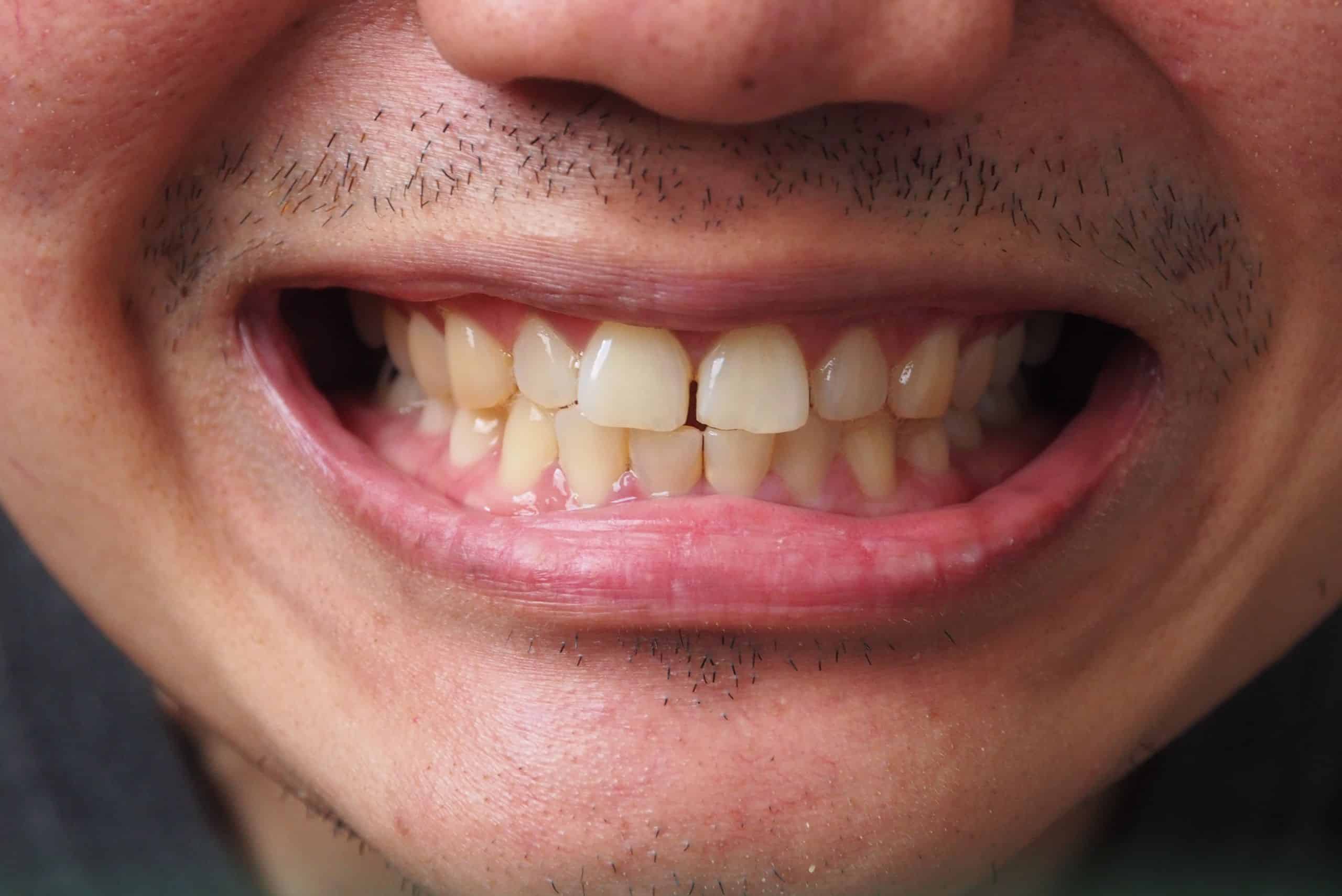
Intrinsic stains are caused by factors that affect the tooth structure from within. These stains can be caused by a variety of factors, including genetics, antibiotic use, and certain medical conditions. Intrinsic stains can be more difficult to treat than extrinsic stains, which are caused by external factors.
Extrinsic Stains
Extrinsic stains are caused by factors that affect the tooth structure from outside. These stains can be caused by a variety of factors, including smoking, coffee, tea, red wine, and tomato sauce. Extrinsic stains can usually be removed with professional teeth whitening treatments or over-the-counter whitening products.
Aging
As we age, our teeth naturally darken and become more yellow. This is due to changes in the dentin and enamel, as well as the accumulation of discolored molecules and chromophores over time. While aging is a natural process, there are ways to mitigate its effects on tooth color.
Lifestyle and Habits
Lifestyle and habits can also play a significant role in tooth discoloration. Smoking and tobacco use are major contributors to tooth discoloration, as are certain foods and drinks, such as berries, coffee, and red wine. Maintaining good oral hygiene habits, such as regular brushing and flossing, can help prevent tooth discoloration.
In conclusion, tooth discoloration can be caused by a variety of factors, both intrinsic and extrinsic. Understanding these factors can help you make informed decisions about your oral health and maintain a bright, healthy smile.
Safety and Side Effects
Teeth whitening is generally safe when done under the supervision of a dentist. However, it is important to note that some people may experience side effects. The most common side effect is tooth sensitivity, which can occur during and after the teeth whitening process. This sensitivity is usually temporary and can be managed with over-the-counter pain relievers or desensitizing toothpaste.
It is also important to note that teeth whitening does not work on crowns or fillings and may not be effective on certain types of stains. Additionally, overuse of teeth whitening products can lead to gum irritation and inflammation. It is recommended to follow the instructions provided by a dentist or the manufacturer of the product to avoid any potential side effects.
To minimize the risk of side effects, it is important to practice good oral hygiene habits such as brushing twice a day with a fluoride toothpaste and flossing daily. Rinsing with mouthwash can also help to remove surface stains and freshen breath. Natural remedies such as baking soda and hydrogen peroxide can be used as a mild abrasive to whiten teeth, but it is important to use them sparingly to avoid damaging tooth enamel.
In conclusion, teeth whitening can be a safe and effective way to improve the appearance of your smile. However, it is important to be aware of the potential side effects and to follow the instructions provided by a dentist or the manufacturer of the product. By practicing good oral hygiene habits and using teeth whitening products responsibly, you can achieve a brighter, more confident smile.
Cost and Insurance
Teeth whitening at the dentist’s office can be costly, depending on the type of treatment used and the number of sessions required. According to Dentaly.org, laser teeth whitening treatment at the dentist, including Zoom teeth whitening, can cost between $300 and $1,800. The price can vary depending on the system used and the number of sessions required.
Take-home custom bleaching trays are another popular teeth whitening option that is administered by a dental professional in-office. However, the whitening process itself takes place at home. The cost of this treatment can range from $150 to $600.
It is worth noting that dental insurance may not cover the cost of teeth whitening treatments. According to Humana, the cost of in-office teeth whitening can range from $500 to $1,000. At-home whitening strips and gels can cost between $10-$55, and at-home tray-based whitening systems range from $150 to $600.
If you are interested in teeth whitening but are concerned about the cost, it may be worth considering at-home teeth whitening kits. These kits can be purchased over the counter or online and can be a more affordable option. However, it is important to note that the effectiveness of these kits can vary, and they may not provide the same results as professional teeth whitening treatments.
Before undergoing any teeth whitening treatment, it is important to consult with your dentist to determine the best option for your specific needs. They can also provide information on any available insurance coverage or financing options to help make the treatment more affordable.
Maintaining Whitened Teeth

After getting your teeth whitened by a dentist, it’s important to maintain a good oral hygiene routine to keep your teeth looking bright and healthy. Here are some tips to help you maintain your newly whitened teeth:
- Brushing: Brush your teeth at least twice a day with a fluoride toothpaste to remove surface stains and keep your teeth clean and healthy. Be sure to use a soft-bristled toothbrush to avoid damaging your teeth or gums.
- Flossing: Floss your teeth at least once a day to remove plaque and food particles from between your teeth. This can help prevent cavities and gum disease, which can cause discoloration and yellowing of the teeth.
- Rinsing: Rinse your mouth with water after eating or drinking anything that can stain your teeth, such as coffee, tea, or red wine. This can help wash away any residue and prevent staining.
- Mouthwash: Use an alcohol-free mouthwash to freshen your breath and kill bacteria that can cause bad breath and tooth decay. Some mouthwashes also contain whitening agents that can help maintain your newly whitened teeth.
- Dental hygiene: Visit your dentist regularly for checkups and cleanings to keep your teeth healthy and prevent any problems that can cause discoloration or yellowing.
- Professional whitening: Consider getting touch-up treatments every six months to a year to maintain your teeth’s brightness. Professional whitening treatments can be done in-office or at home with custom-fitted mouthguards.
- Banana peels: Some people claim that rubbing the inside of a banana peel on your teeth can help whiten them. While there is no scientific evidence to support this claim, it is safe to try.
- Coconut oil pulling: Oil pulling involves swishing coconut oil around in your mouth for 10-20 minutes to remove bacteria and promote oral health. While there is no scientific evidence to support the claim that it can whiten teeth, it can help maintain good oral hygiene.
- Mouthguard: If you grind your teeth at night, wearing a mouthguard can help prevent damage to your teeth and maintain your newly whitened smile.
Overall, maintaining good oral hygiene and avoiding foods and drinks that can stain your teeth can help keep your newly whitened teeth looking bright and healthy.

